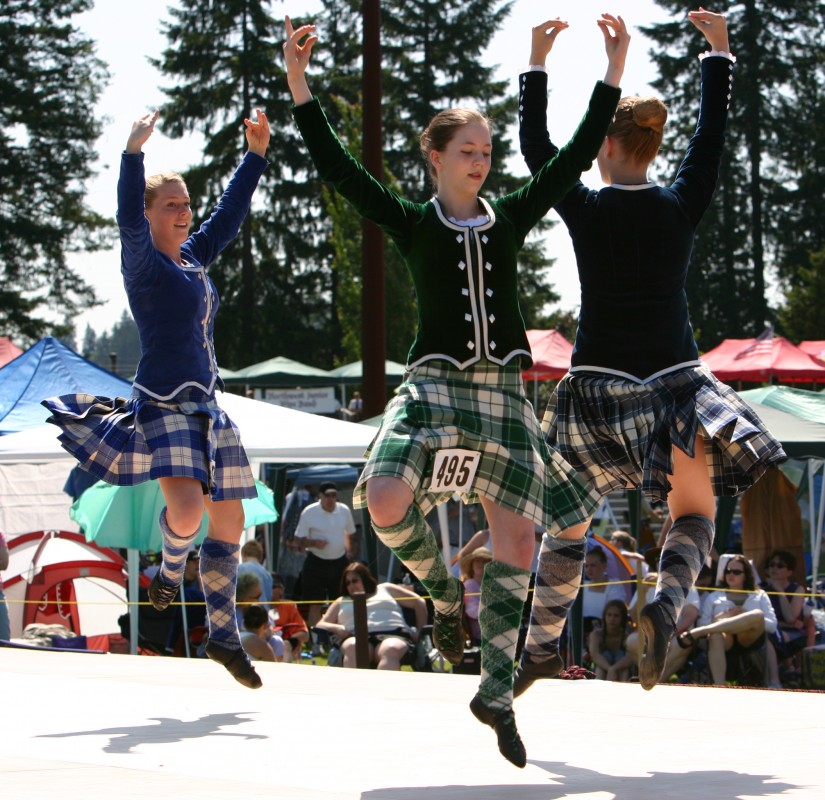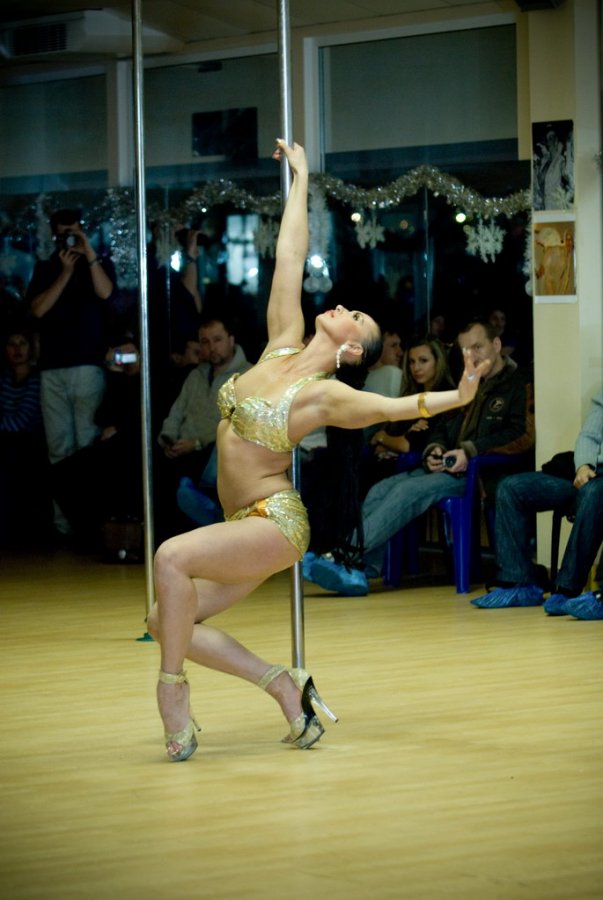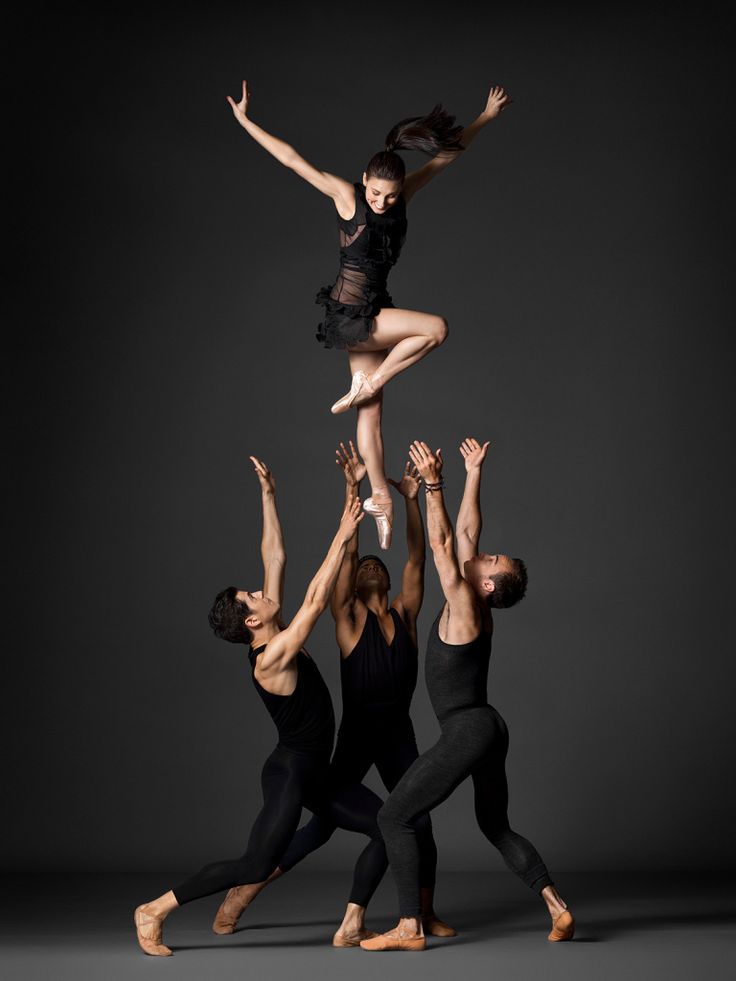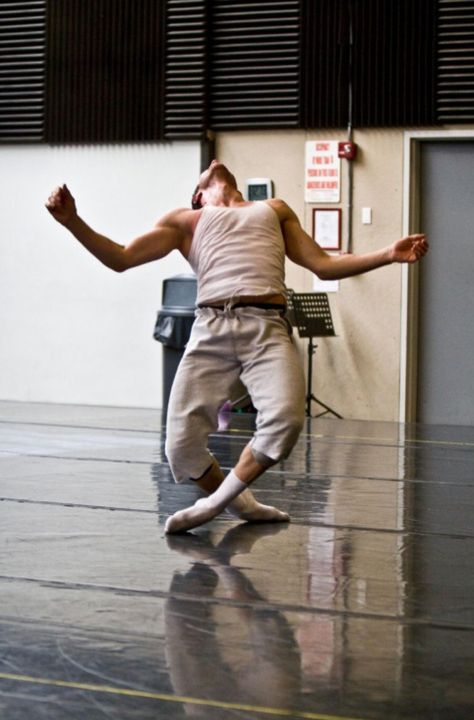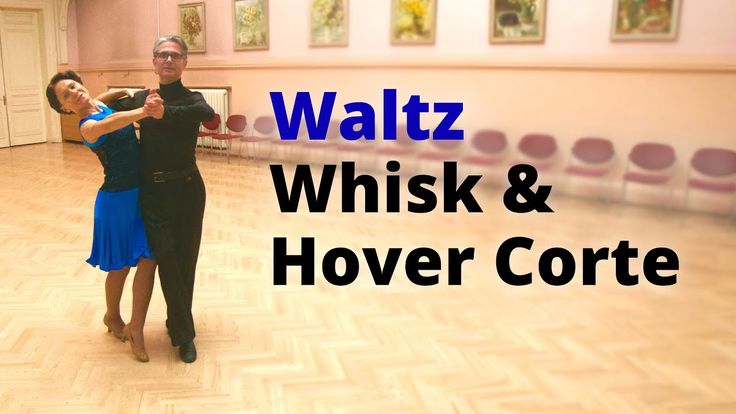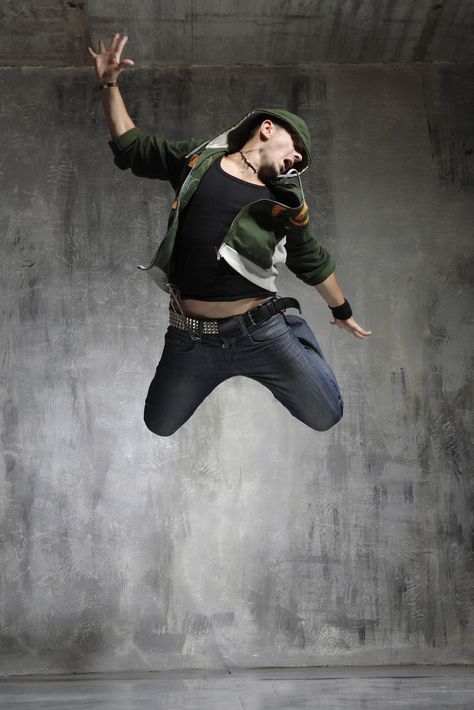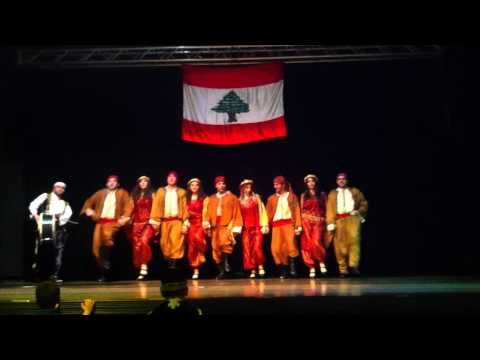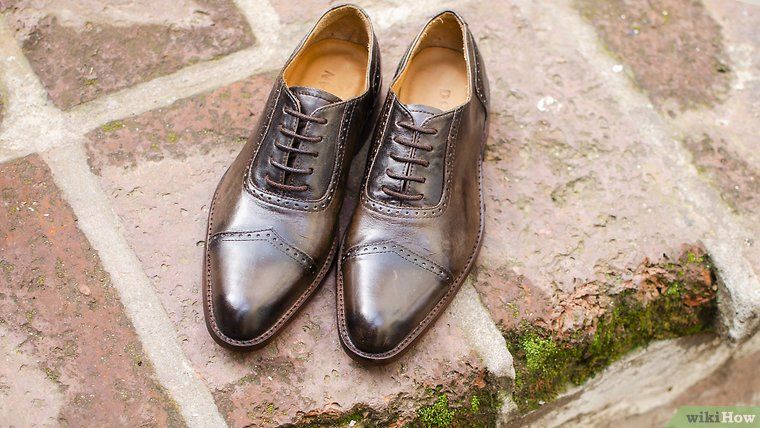How to dance the highland fling
Highland Dancing
There are many stories of how Scottish Highland Dancing got its start; however, Highland culture was mainly oral with most stories and traditions passed on by word of mouth. It is thought that many Scottish regiments used dancing as a way to keep their troops in good physical condition for fighting battles. Highland dancing requires traits of an athlete such as endurance and stamina and the skills and grace of a dancer. It differs from Scottish Country Dancing, which is the social dance of the country and more similar to ballroom dancing and requires a partner.
Since it was started as a form of military training, only men were allowed to perform Highland dancing when it originated. In the early 19th century, there was a resurgence in Highland culture and the Highland games were developed. Dance competition was a huge part in these early games. In the late 19th century, a woman by the name of Lorna Mitchell entered a competition since it wasn’t expressly forbidden. After the ending of the world wars, many women in the country wanted to perform these dances to help preserve their Scottish culture and heritage. Currently, women outnumber men by about a hundred to one.
Two of the more famous or popular dances in Scottish culture are the Highland Fling and the Sword dance. Since the Scottish recordings of history were mainly oral there are many theories on how each dance got its origin.
Highland Fling: One theory is that the it is said to be a victory or celebration dance performed after a battle. Another is that it was performed on a battle shield with a spike in the middle and that the nimble footwork allowed the dance to avoid death. Still another interpretation is that it is meant to resemble stags at play with the hand and arm movements representing the stag’s antlers. Some stories also say it was a fertility dance with the stag being a symbol of fertility. No matter what the history is, it is a physically demanding dance.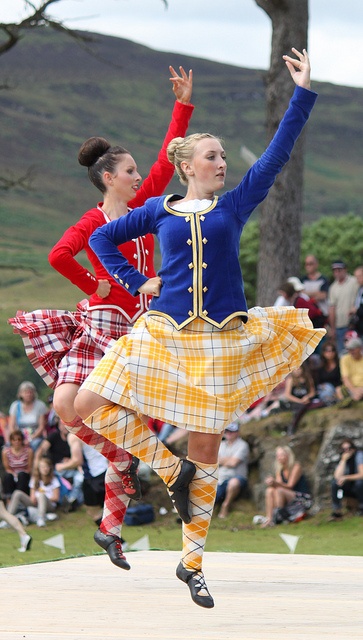 In a typical six step competition dance a dancer will leap 192 times which is equivalent to running a mile, all the while with the arms overhead and wearing wool.
In a typical six step competition dance a dancer will leap 192 times which is equivalent to running a mile, all the while with the arms overhead and wearing wool.
Sword Dance: The sword dance is also thought to have come from a battle background. One story states that Malcolm Canmore, King of Scotland, after a successful battle in 1054 c.e. placed his sword on top of the enemies and performed a victory dance. Another story suggested that men going to war would perform the sword dance the night before a battle; if the dancer touched a sword they would be injured the next day during the battle, while if they kicked the sword they would be killed in battle. Luckily, kicking the sword today doesn’t foretell death.
Works Referenced
Duncan, Kirsty. “Introduction to Highland Dancing.” Electric Scotland. N.p., n.d. Web. 12 July 2016.
“Highland Dance.” Forsyth Academy of Scottish , Utah. N.p., n.d. Web. 12 July 2016.
“Highland Dancing.” Scottish St Andrew Society of Greater St Louis.
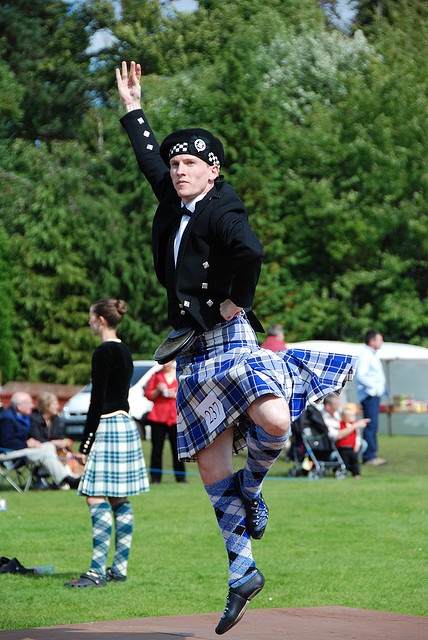 N.p., n.d. Web. 12 July 2016.
N.p., n.d. Web. 12 July 2016.“Scottish Highland Dance.” Wikipedia. Wikimedia Foundation, n.d. Web. 12 July 2016.
Highland Dance Introduction | British Association of Teachers of Dancing
Highland Dancing, which requires the endurance and strength of an athlete and the artistry of a dancer, is the traditional solo dancing of Scotland. In the past, Scottish regiments used Highland Dancing as exercise to keep the troops in shape, and ready for battle. Today, Highland Dancing is one of the premiere events at Highland Games throughout the world in Scotland, England, Northern Ireland, mainland Europe, USA, Canada, South Africa, Australia, New Zealand and Japan. In order to be a successful competitive dancer, students require many hours of practice and study over a number of years. Students train mainly in 4 Highland dances, namely, the Highland Fling, the Sword Dance, the Seann Triubhas and the Strathspey & Reel—all of which are performed in the traditional kilt.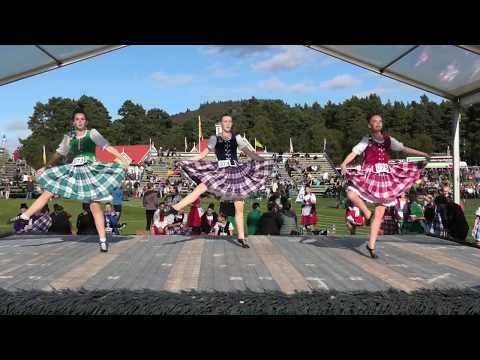 Scottish Highland Dancing is regarded as being one of the most sophisticated forms of national dancing in the world. It is almost impossible for dance historians to separate fact from fiction, but the following descriptions are the most credible!
Scottish Highland Dancing is regarded as being one of the most sophisticated forms of national dancing in the world. It is almost impossible for dance historians to separate fact from fiction, but the following descriptions are the most credible!
1. Highland Fling
Together with the Sword Dance, the Highland Fling is probably the most famous of the Scottish Highland Dances. Tullochgorm was the earliest form of Highland Fling, but towards the end of the 18th century it had undergone changes and improvements. It is thought to have evolved about 1790, when legend has it that a shepherd boy on a hillside watched stags rearing and wheeling. The boy tried to copy the stag’s antics and hence we have the graceful curve of the hands and arms depicting the stag’s antlers.
The dance should be danced on the same spot throughout, because clansmen traditionally danced on their targes (leather covered studded shield).
2. Sword Dance
Originated in 1054 when Malcolm Canmore crossed his sword over the sword of his slain opponent, symbolizing the sign of the Cross, and danced over them in exultation. After that, the dance would be performed before a battle. If the sword was touched it was deemed to be a bad omen! Before 1850, the steps were danced clockwise round the sword, not anti-clockwise as nowadays.
After that, the dance would be performed before a battle. If the sword was touched it was deemed to be a bad omen! Before 1850, the steps were danced clockwise round the sword, not anti-clockwise as nowadays.
Seann Triubhas
Said to reflect the Highlanders contempt at having to wear trousers when the kilt was prohibited after the 1745 rebellion. The Act of Proscription in 1746 banned the wearing of Highland dress, the carrying of arms and the playing of bagpipes. In other words, the dance originated as a political protest. The slow tempo shows the dancers attempt to shake off the offending garment and the fast tempo shows the pleasure at the rescinding of the ban in 1782. Many of the movements are balletic and are influenced by French style of embellishments such as pirouettes.
3. Strathspey & Highland Reel
Very little reliable information is known about the origin of Strathspeys and Reels, but they are known to have been danced towards the end of the 17th century and Jacobite days.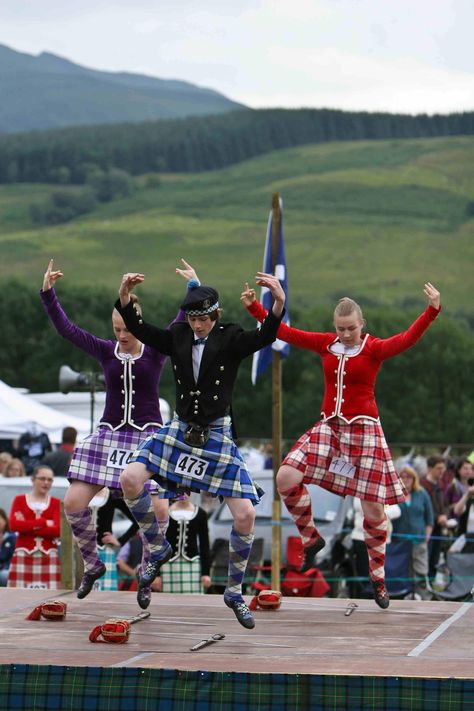 The slow movement is thought by many to be a mourning dance following the path of the river “Strath” in the valley of the “Spey”. The Highland Reel is a quicker and livelier form of the Strathspey and was known to have been taught from about 1740.
The slow movement is thought by many to be a mourning dance following the path of the river “Strath” in the valley of the “Spey”. The Highland Reel is a quicker and livelier form of the Strathspey and was known to have been taught from about 1740.
4. Highland Recreational Exam
The Highland Recreational Exam was brought into use at the 117th Annual Conference in 2009. The Syllabus was created to benefit candidates who weren’t quite ready for a Full Medal Test. The Syllabus is available from Head Office and you can also download it here. Please note you will have to have registered for the website to gain access to this page.
Highland fling | it's... What is a highland fling?
Highland Fling performer
|
Contents
|
About the dance
The Highland Fling is one of the four oldest traditional Scottish Highland dances.
Returning victorious after a battle, male warriors performed this dance to celebrate their success. The dance was performed on a small round shield called "Tarj". Most of these shields, covered with buckskin and rivets, were supplied with a sharp tip in the middle. The tip was used in combat to repel enemy attacks and inflict additional damage. The dancer in the process of dancing should be as careful as possible to avoid accidental injury. In the dance, the warriors snapped the fingers of their raised hands to the beat of the music, or perhaps creating their own rhythm. It could also have a sacred meaning. Snapping fingers chased away evil spirits. At present, this dance is not performed on the shield, but they try to stay in one place, and only the position of the fingers and hands remains from the clicks.
Legend
The origin of the dance has its own popular legend. The legend tells about an old shepherd and his little grandson. A shepherd taught his grandson to play the bagpipes on a hillside.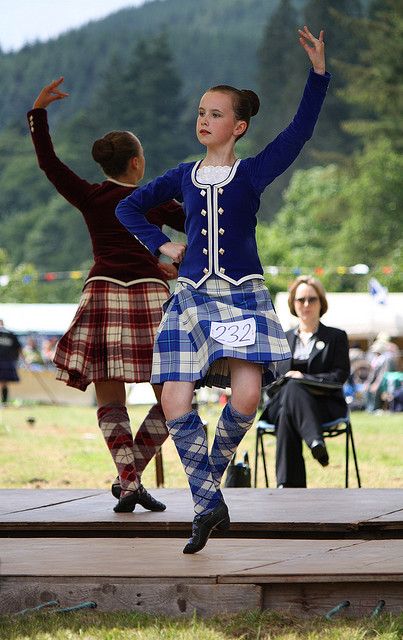 Suddenly they saw a prancing deer. The shepherd asked the boy if he could imitate this deer. The boy began to dance, imitating the graceful movement of a deer. Hands raised high above the head imitated deer antlers.
Suddenly they saw a prancing deer. The shepherd asked the boy if he could imitate this deer. The boy began to dance, imitating the graceful movement of a deer. Hands raised high above the head imitated deer antlers.
Current state
Nowadays, this dance is used as a competitive dance all over the world. To perform this dance in competitions, they wear traditional Scottish clothing - a kilt, regardless of who performs the dance - a man or a woman. Highland fling has several skill levels, from beginner to professional. The dance itself has changed significantly over time, the movements have become sharper and more precise, many of the steps of the highland fling have been simplified. Currently published about 29various steps of the highland fling [1] . In fact, there are many more steps, according to the memories of the older population of the highlands of Scotland. However, only 8 are used in competition.
List of dance steps
- First step - Shedding is always the first step in a dance, especially if it is a Highland Fling competition.
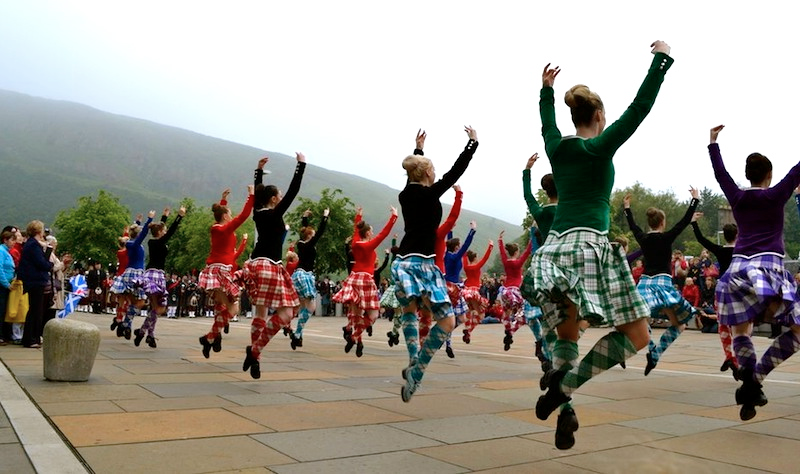
- Second step - First Back-Stepping.
- Third step - Toe and Heel.
- Fourth step - Rocking.
- Fifth step - Second Back-Stepping - this step has an alternative execution version.
- Sixth step - Cross-Over - this step has an alternative execution version.
- Seventh step - Shake and Turn - this step has an alternate version called Double Shake and Rock.
- Eighth step - Last Shedding - this step, especially in competitions, always ends the dance. The step has an alternative execution version.
Introduction. An obligatory moment in the dance is the introduction. The musician plays the first 4 measures of the melody as an introduction. At this time, the dancer should stand in the starting position for the traditional bow, bow and prepare for the dance.
Depending on the skill level of the dancer, the set and number of steps in the competition is different:
4 dance steps. Usually beginner dancers dance. 6 step dance. More experienced dancers dance. 8 dance steps. Very rarely all the steps of the highland fling are used. Mostly in competitions of experienced SOBHD dancers or in traditional highlander games.
6 step dance. More experienced dancers dance. 8 dance steps. Very rarely all the steps of the highland fling are used. Mostly in competitions of experienced SOBHD dancers or in traditional highlander games.
Interesting fact . On August 29, 2009, 41-year-old multiple World Highland Dance Champion Gareth Mitchelson danced 50 steps of Highland Fling non-stop at the traditional Highland Fling event at Dunoon. Funds raised from this charitable event went to fund a project to study the genetic disease Duchenne-Becker muscular dystrophy, which makes leg muscles sore and prone to dystrophy at an early age [2] .
The order and sequence of steps, as well as other dance performance requirements, are published on the SOBHD website [3] one year before the start of the competition.
Musical accompaniment
Dancers perform a dance to the traditional Scottish bagpipes. The musicians use the melody "Monymusk" or any other suitable composition in the size of the straps. The pace of the game is 114 beats per minute. It is worth noting that the speed of the melody performance has slowed down significantly since the start of the highland fling competition. From 192 bpm in the early 20th century, 152 bpm in the 1960s and then 134 bpm in 1980.
The pace of the game is 114 beats per minute. It is worth noting that the speed of the melody performance has slowed down significantly since the start of the highland fling competition. From 192 bpm in the early 20th century, 152 bpm in the 1960s and then 134 bpm in 1980.
Notes
- ↑ Traditional Step Dancing in Scotland. J.F. and T.M. Flett [1]
- ↑ 50 steps of Highland Fling as a charity.
- ↑ Scottish Official Board of Highland Dancing [2]
Links
- Highland fling (youtube)
Highland fling | it's... What is a highland fling?
Highland Fling performer
|
Contents
|
About the dance
The Highland Fling is one of the four oldest traditional Scottish Highland dances.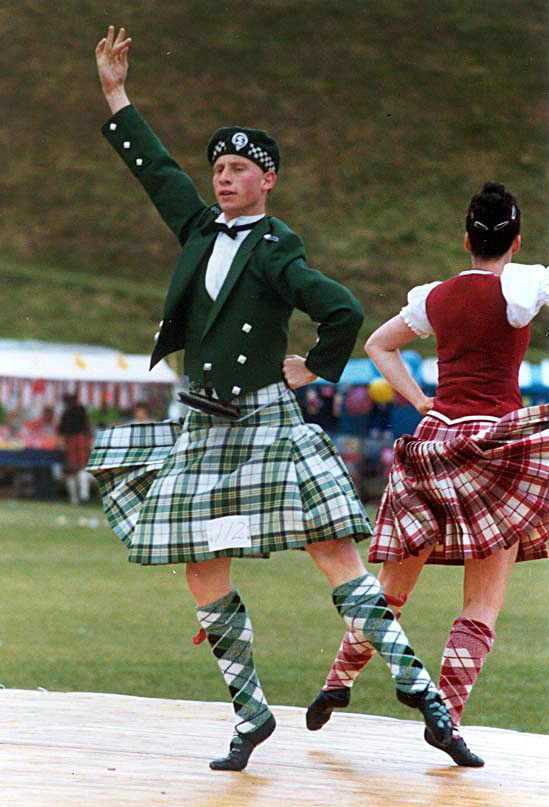
Returning victorious after a battle, male warriors performed this dance to celebrate their success. The dance was performed on a small round shield called "Tarj". Most of these shields, covered with buckskin and rivets, were supplied with a sharp tip in the middle. The tip was used in combat to repel enemy attacks and inflict additional damage. The dancer in the process of dancing should be as careful as possible to avoid accidental injury. In the dance, the warriors snapped the fingers of their raised hands to the beat of the music, or perhaps creating their own rhythm. It could also have a sacred meaning. Snapping fingers chased away evil spirits. At present, this dance is not performed on the shield, but they try to stay in one place, and only the position of the fingers and hands remains from the clicks.
Legend
The origin of the dance has its own popular legend. The legend tells about an old shepherd and his little grandson. A shepherd taught his grandson to play the bagpipes on a hillside. Suddenly they saw a prancing deer. The shepherd asked the boy if he could imitate this deer. The boy began to dance, imitating the graceful movement of a deer. Hands raised high above the head imitated deer antlers.
Suddenly they saw a prancing deer. The shepherd asked the boy if he could imitate this deer. The boy began to dance, imitating the graceful movement of a deer. Hands raised high above the head imitated deer antlers.
Current state
Nowadays, this dance is used as a competitive dance all over the world. To perform this dance in competitions, they wear traditional Scottish clothing - a kilt, regardless of who performs the dance - a man or a woman. Highland fling has several skill levels, from beginner to professional. The dance itself has changed significantly over time, the movements have become sharper and more precise, many of the steps of the highland fling have been simplified. Currently published about 29various steps of the highland fling [1] . In fact, there are many more steps, according to the memories of the older population of the highlands of Scotland. However, only 8 are used in competition.
List of dance steps
- First step - Shedding is always the first step in a dance, especially if it is a Highland Fling competition.

- Second step - First Back-Stepping.
- Third step - Toe and Heel.
- Fourth step - Rocking.
- Fifth step - Second Back-Stepping - this step has an alternative execution version.
- Sixth step - Cross-Over - this step has an alternative execution version.
- Seventh step - Shake and Turn - this step has an alternate version called Double Shake and Rock.
- Eighth step - Last Shedding - this step, especially in competitions, always ends the dance. The step has an alternative execution version.
Introduction. An obligatory moment in the dance is the introduction. The musician plays the first 4 measures of the melody as an introduction. At this time, the dancer should stand in the starting position for the traditional bow, bow and prepare for the dance.
Depending on the skill level of the dancer, the set and number of steps in the competition is different:
4 dance steps. Usually beginner dancers dance. 6 step dance. More experienced dancers dance. 8 dance steps. Very rarely all the steps of the highland fling are used. Mostly in competitions of experienced SOBHD dancers or in traditional highlander games.
6 step dance. More experienced dancers dance. 8 dance steps. Very rarely all the steps of the highland fling are used. Mostly in competitions of experienced SOBHD dancers or in traditional highlander games.
Interesting fact . On August 29, 2009, 41-year-old multiple World Highland Dance Champion Gareth Mitchelson danced 50 steps of Highland Fling non-stop at the traditional Highland Fling event at Dunoon. Funds raised from this charitable event went to fund a project to study the genetic disease Duchenne-Becker muscular dystrophy, which makes leg muscles sore and prone to dystrophy at an early age [2] .
The order and sequence of steps, as well as other dance performance requirements, are published on the SOBHD website [3] one year before the start of the competition.
Musical accompaniment
Dancers perform a dance to the traditional Scottish bagpipes. The musicians use the melody "Monymusk" or any other suitable composition in the size of the straps.